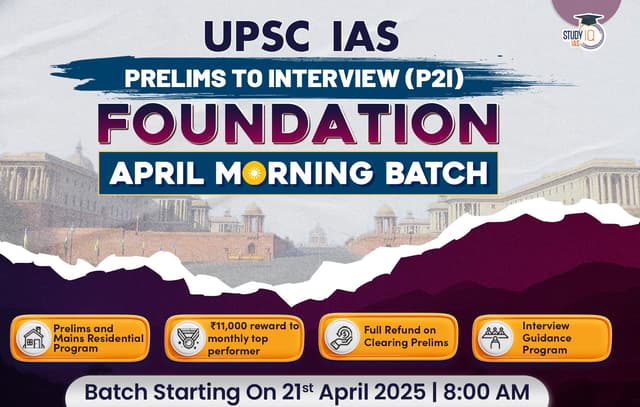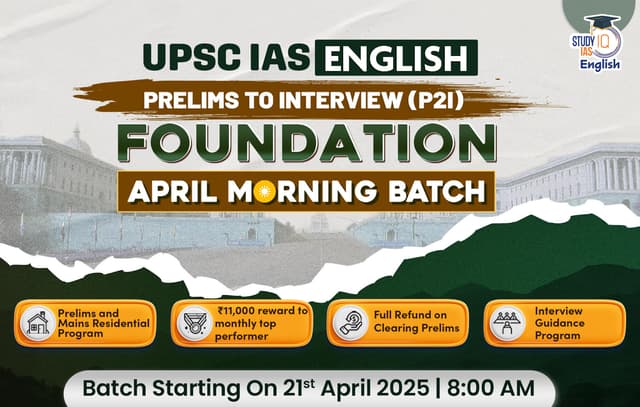Table of Contents
Context: The RBI is drafting a new framework for gold loans in response to a surge in both gold loan outstanding and Non-Performing Assets (NPAs) in this segment.
Growth in Gold Loans and NPAs
- As per RBI data, Gold loan NPAs rose by 28.58% in one year.
- The loan outstanding grew by 27.26%.
- NPAs spiked from ₹5,307 crore (Dec 2023) to ₹6,824 crore (Dec 2024).
- Total gold loan outstanding as of Dec 2024: ₹11,11,398 crore (vs ₹8,73,701 crore in Dec 2023).
Reasons behind increasing Gold Loan Defaults
Deficiencies in Loan Segment flagged by RBI
- Weak monitoring of loan-to-value (LTV) ratios.
- Incorrect application of risk weights.
- Lack of transparency in gold auctions.
- Valuation without customer presence.
Rising Indebtedness
A slowing economy has impacted income levels, reducing borrowers’ repayment capacity.
High Gold Prices
- Increased gold prices encouraged people to pledge gold to meet expenses like household needs, education fees and medical bills.
- Borrowers often defaulted due to the loan amount exceeding the gold’s purchase price, impacting their credit scores.
Earlier practice – Evergreening
- Borrowers could repledge jewellery by just paying interest.
- It allowed indefinite loan extensions without principal repayment.
- Recent change ⏩ Borrowers must repay the full principal + interest before repledging.
| Non-Performing Assets (NPA) |
|
RBI’s Draft Guidelines
- Ban on lending against: Financial assets backed by gold/silver (e.g. ETFs, gold mutual funds).
- LTV cap: Max 75% for consumption gold loans.
- Loan Purpose: The Same gold collateral can’t be used for both consumption and income-generating purposes.
- Collateral Verification: Lenders must ensure clear ownership records and maintain verification proof.
- Loan Tenure: Bullet repayment loans (principal + interest paid at maturity) capped at 12 months.


 How RBI Responded To Global Trade War Ch...
How RBI Responded To Global Trade War Ch...
 Why Confidence in US Dollar is Falling?
Why Confidence in US Dollar is Falling?
 Repo Rate and Reverse Repo Rate, Impact ...
Repo Rate and Reverse Repo Rate, Impact ...





















